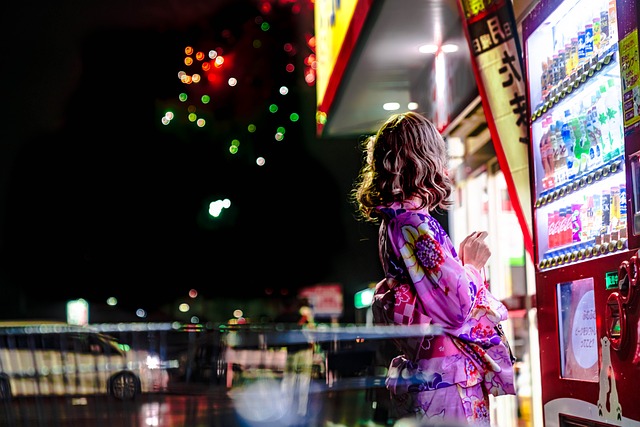By offering a wider variety of products and a more personalized shopping experience, micro markets are able to meet the evolving needs of today’s consumers. As more companies and public spaces adopt this new vending model, the future of the industry looks bright.











 for the latest news and job opportunities in retail tech
for the latest news and job opportunities in retail tech 